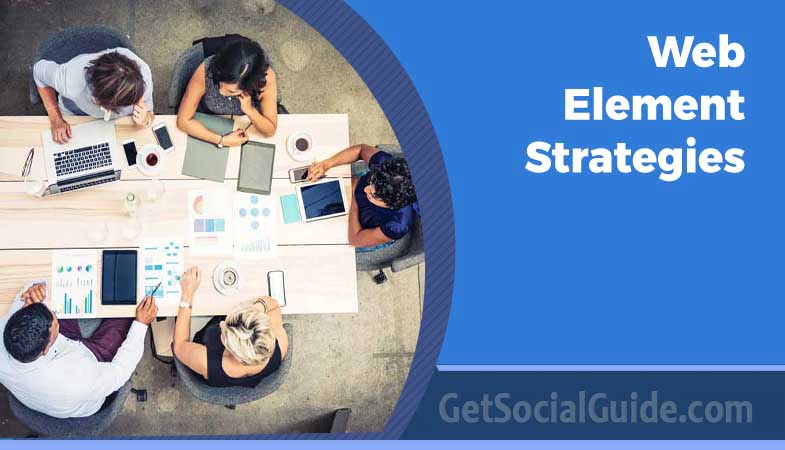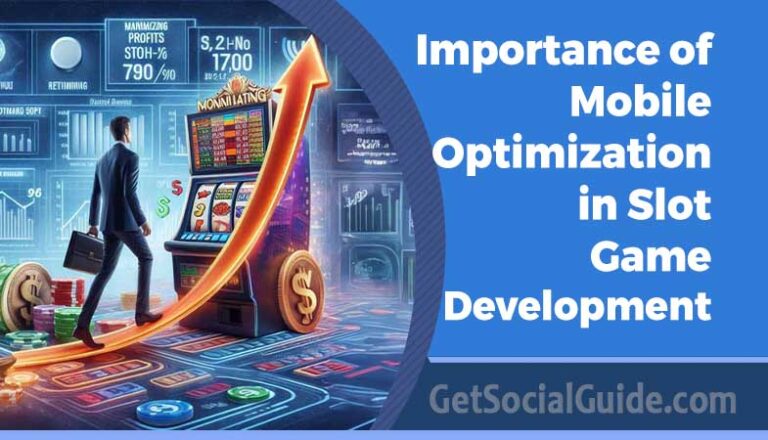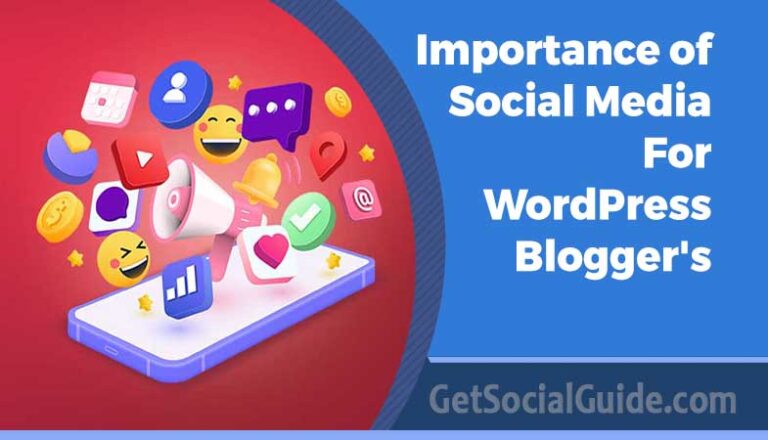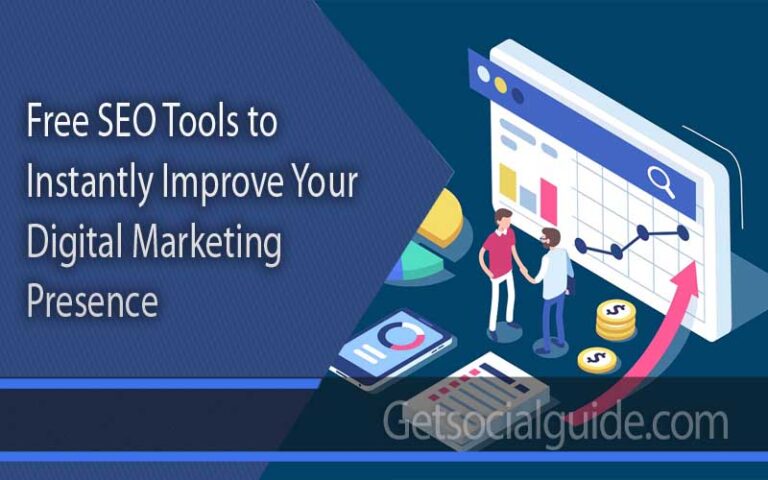Web Element Strategies: Balancing User Experience with Conversion Goals
In the realm of web design and development, two objectives consistently stand out: ensuring an exceptional User Experience (UX) and optimizing for conversions. While at first glance these goals may seem to run parallel, they often intersect and even conflict at various junctures. Crafting a website that is intuitive and user-friendly is just as critical as designing one that persuades users to take a desired action, be it signing up, purchasing, or any other conversion goal. This introduces a dual challenge: how can web designers and developers harmoniously integrate both UX principles and conversion optimization strategies? In this section, we’ll embark on a journey to explore this intricate balance, laying the groundwork for understanding the depth of this relationship.
UX and Conversion in Web Design

In web design, “User Experience” or UX refers to the overall feeling and ease with which a user interacts with a website or digital product. It encompasses design, usability, and the emotional response evoked in the user. On the other hand, “Conversion” relates to the specific actions we want users to take while on the site, such as signing up, making a purchase, or downloading content. Essentially, while UX focuses on the holistic user journey, conversion zeros in on the end goals of that journey, ensuring that users not only enjoy their experience but also complete desired actions.
Key Web Elements Impacting UX
Proper site navigation ensures that users can effortlessly find what they’re looking for, resulting in reduced bounce rates and increased satisfaction. The best navigations are intuitive, meaning users shouldn’t have to think too hard about where to click next. A site’s user flow, on the other hand, is the path a user follows through the website, often guided by the design and content layout. This flow should be strategically planned to guide users towards the primary objectives of the site, be it making a purchase, signing up, or simply absorbing information. Effective user flows minimize distractions and present clear, concise steps, ensuring users achieve their goals with minimal friction.
Content Presentation and Layout
The layout of a website plays a pivotal role in ensuring content is digestible, engaging, and actionable. A cluttered or haphazard layout can be off-putting, causing users to leave prematurely. Proper use of white space, typography, and hierarchical design principles can guide the user’s eyes and attention to key pieces of content. Furthermore, content should be structured to cater to modern browsing habits, with clear headings, bullet points, and concise paragraphs. This ensures users can skim and still capture the essence of the message. Incorporating multimedia elements like images, videos, and infographics can further enhance content delivery, making it more dynamic and engaging.
Interactive Elements and Responsiveness
The interactive nature of modern websites offers a richer, more immersive experience for users. These can range from simple hover effects to intricate animations or even full-fledged web applications embedded within a site. Such elements, when used judiciously, can significantly enhance user engagement and retention. However, with great power comes great responsibility. Overusing or poorly implementing interactive features can deter users or make the site appear gimmicky. Moreover, a responsive design ensures that the website functions seamlessly across different device sizes and types, from desktop monitors to smartphones.
Conversion-Driven Web Elements
Every website has a goal, and Call-to-Action (CTA) buttons are the guiding lights towards achieving those goals. Whether it’s to download an e-book, sign up for a newsletter, or make a purchase, CTAs are instrumental in guiding users towards these conversion endpoints. Their design, positioning, and language are vital. You don’t only have to put “Click Here”, but “Discover More”, “Get Started Now” or “Join Our Community”. The subtle prompt, combined with an attention-grabbing design, can significantly amplify conversion rates.
Landing Pages and Sign-up Forms
Landing pages serve as the focal points of specific campaigns or objectives. Unlike general web pages, they are designed with a singular focus: conversion. Every element, from the headline to the imagery, is chosen to resonate with a particular audience segment and drive them towards a specific action. Key to most landing pages is the sign-up form. These forms must be streamlined and user-friendly, requesting only the essential information to reduce barriers to completion.
Website Widgets and Popups
A powerful tool to create a sense of urgency and prompt users to take immediate action, popups and countdown widgets for websites are becoming increasingly popular in web design. By providing a clear visual indication of time running out, whether it’s for a limited-time offer or an upcoming event, these tools can spur users into quicker decision-making processes, directly contributing to increased conversions. However, like other web elements, it’s essential to use them judiciously to avoid overwhelming or pressuring users unnecessarily.
Trust Elements: Testimonials and Certifications
Integrating genuine testimonials offers prospective users or customers insights into the experiences of their peers. Such endorsements can assuage doubts and validate the user’s interest in a product or service. For businesses, featuring testimonials alongside relevant product or service pages can amplify their impact. Certifications, on the other hand, showcase industry recognition or compliance. In sectors where competition is rife, these trust elements can be the deciding factor for many users, driving them towards conversion.
Striking a Balance: Unified Strategies
Prioritizing User Intent in Design
In the intricate dance of web design, understanding and prioritizing user intent is paramount. Instead of creating a site based merely on aesthetics or trends, the most successful platforms are rooted in the motivations and desires of their target audience. When designers take a step back to ask, “What does our user hope to achieve here?”, they open the way for more intuitive and resonant designs. Whether it’s seeking information, making a purchase, or engaging with content, addressing these intents directly ensures a frictionless user journey. For instance, an e-commerce site might streamline the checkout process, while a blog may emphasize content discoverability. By intertwining user intent with design elements, not only is the user experience enhanced, but conversion goals are also more naturally integrated.
The Bottom Line
By prioritizing user intent, meticulously crafting each web element, and ensuring trustworthiness, businesses can sculpt online experiences that are both delightful and effective. The symbiotic relationship between UX and conversion optimization does not have to be adversarial. Instead, with informed strategies, businesses can ensure they serve their users while achieving their goals.



